1. Introduction to Layer Cage Equipment
Layer Cage Equipment refers to the essential tools, machinery, and accessories used in the construction, operation, and management of layer chicken cages in commercial poultry farming. These components are designed to optimize the housing of laying hens, enhance farm efficiency, improve egg production, and ensure the welfare of poultry.
As the poultry industry advances, layer cage equipment plays a vital role in streamlining farm operations. This includes cage frameworks, feeding and watering systems, egg collection mechanisms, manure removal setups, ventilation solutions, and automation technologies.
Modern layer cage equipment aims to maximize space utilization, reduce labor costs, minimize disease risks, and deliver high-quality eggs consistently. From small-scale farms to large industrial operations, understanding the specifications, features, and proper use of layer cage equipment is crucial for effective poultry farming.
This detailed guide explores the technical parameters, characteristics, benefits, applications, usage guidelines, and frequently asked questions about layer cage equipment, providing practical knowledge for poultry farmers, suppliers, and stakeholders.
2. Technical Parameters of Layer Cage Equipment
Cage Framework Material | Galvanized Steel, Stainless Steel |
Wire Mesh Diameter | 1.8 – 2.5 mm |
Cage Dimensions | Width: 60-80 cm; Depth: 40-50 cm; Height: 40-50 cm per cage |
Tier Levels | 1 to 6 tiers, modular and stackable |
Feeding System Type | Manual Feeders, Automatic Feeders, Feed Trays |
Watering System | Nipple Drinkers, Trough Drinkers |
Egg Collection System | Manual Trays, Automatic Conveyor Belts |
Manure Removal | Removable Manure Trays, Belt Systems |
Ventilation Equipment | Fans, Ventilation Louvers, Air Inlets |
Automation | Feeders, Drinkers, Egg Collection, Environmental Controls |
Power Requirements | Typically 220V or 110V (farm dependent) |
Installation | Modular, Easy Assembly |
3. Features of Layer Cage Equipment
3.1 Durable Construction
Most equipment components are manufactured from galvanized or stainless steel to ensure longevity, corrosion resistance, and ease of cleaning in the challenging poultry farm environment.
3.2 Modular and Scalable Design
Layer cage systems and associated equipment can be customized in terms of size, tier numbers, and automation level, supporting farm expansion and diverse operational needs.
3.3 Integrated Feeding Systems
Feeders range from simple manual trays to advanced automatic feeding systems that ensure consistent and efficient feed delivery, reducing waste.
3.4 Efficient Watering Systems
Watering equipment like nipple drinkers and troughs provide clean water to hens, minimizing contamination and ensuring adequate hydration.
3.5 Automated Egg Collection
Egg belts and conveyor systems transport eggs smoothly to collection points, minimizing breakage and labor requirements.
3.6 Manure Management Solutions
Removable manure trays and belt systems facilitate easy cleaning and waste disposal, maintaining hygiene and reducing disease risk.
3.7 Environmental Control Equipment
Ventilation fans, air inlets, and environmental control systems regulate airflow and temperature, optimizing hen comfort and productivity.
3.8 Ease of Maintenance
Equipment design prioritizes accessibility for cleaning, inspection, and repairs to maintain smooth farm operations.
4. Advantages of Using Layer Cage Equipment
4.1 Improved Operational Efficiency
Automation and well-designed equipment reduce manual labor, speed up routine tasks, and enhance farm productivity.
4.2 Enhanced Animal Welfare
Consistent feed and water supply, adequate space, and environmental control improve the health and welfare of laying hens.
4.3 Space Optimization
Multi-tier cage designs and modular equipment maximize the number of birds housed per square meter of floor space.
4.4 Cost Savings
Labor reductions, minimized feed and water wastage, and lower disease incidence contribute to overall cost efficiency.
4.5 Consistent Egg Quality
Efficient egg collection and clean housing environments ensure high-quality, contamination-free eggs.
4.6 Flexibility and Scalability
Equipment can be adapted and expanded as farm size and operational requirements change.
5. Application Scenarios of Layer Cage Equipment
5.1 Large-Scale Commercial Poultry Farms
Complete layer cage systems with integrated automation are widely used in industrial egg production facilities.
5.2 Small and Medium Poultry Operations
Modular cage and equipment setups offer scalable solutions for farms of all sizes.
5.3 Research Institutions
Custom equipment supports controlled experiments and breeding programs.
5.4 Organic and Specialty Egg Producers
Adaptable equipment supports compliance with specific welfare and organic farming standards.
5.5 Export-Oriented Egg Producers
High-quality layer cage equipment helps meet international standards for egg production.
6. Usage Instructions for Layer Cage Equipment
6.1 Installation and Setup
Select a well-ventilated, secure location for cage installation.
Assemble cage frames ensuring structural integrity and safety.
Install feeders, drinkers, and egg collection systems according to manufacturer guidelines.
Set up manure trays or belts under cages for effective waste management.
Configure ventilation and environmental control equipment to maintain optimal conditions.
6.2 Routine Operation
Monitor and refill feed in manual or automatic feeders as needed.
Ensure watering systems are clean and functioning properly.
Collect eggs regularly to avoid damage and contamination.
Remove manure daily to maintain hygiene and prevent disease.
Inspect all equipment components periodically for wear or malfunction.
6.3 Maintenance and Cleaning
Clean feeders, drinkers, and egg belts regularly to prevent buildup.
Sanitize cages and surrounding areas as per farm biosecurity protocols.
Lubricate moving parts in automated systems to ensure smooth operation.
Replace damaged or worn equipment parts promptly.
6.4 Troubleshooting Common Issues
Check feed and water blockages if hens show reduced consumption.
Inspect egg belts for jams or misalignment.
Ensure manure trays are emptied regularly to prevent overflow.
Monitor ventilation systems for airflow issues or temperature anomalies.
7. Frequently Asked Questions (FAQs)
Q1: What materials are most commonly used for layer cage equipment?
A1: Galvanized steel and stainless steel are preferred for durability, corrosion resistance, and ease of cleaning.
Q2: How many tiers can layer cage systems have?
A2: Typically, systems range from single-tier to six-tier configurations, depending on space and farm needs.
Q3: Are automated feeding and watering systems necessary?
A3: Not mandatory but highly beneficial for labor savings and consistent delivery.
Q4: How often should manure be removed?
A4: Daily removal is recommended to maintain hygiene and prevent disease spread.
Q5: Can equipment be customized?
A5: Yes, manufacturers often offer customizable dimensions and automation options.
Q6: How is egg quality improved by using layer cage equipment?
A6: Efficient egg belts reduce handling and contamination, leading to cleaner, less damaged eggs.
Q7: What power requirements do automated systems have?
A7: Most operate on standard 110V or 220V power supplies, varying by region and system size.
Q8: How do ventilation systems benefit layer cages?
A8: Proper ventilation regulates temperature and humidity, improving hen comfort and productivity.
Q9: Can equipment be retrofitted into existing cage systems?
A9: Many components can be added or upgraded in existing installations to improve efficiency.
Q10: What safety measures are needed for equipment operation?
A10: Regular inspection, staff training, and adherence to electrical and mechanical safety standards are essential.
8. Conclusion
Layer Cage Equipment forms the backbone of efficient and sustainable commercial poultry farming. From cage structures and feeding systems to egg collection and manure management, every component plays a crucial role in optimizing production and ensuring bird welfare.
By understanding the specifications, features, advantages, and proper use of layer cage equipment, poultry farmers can improve operational efficiency, reduce costs, and deliver high-quality eggs to the market.
Whether starting a new poultry farm or upgrading an existing facility, investing in reliable and scalable layer cage equipment is essential for long-term success.
Company Profile
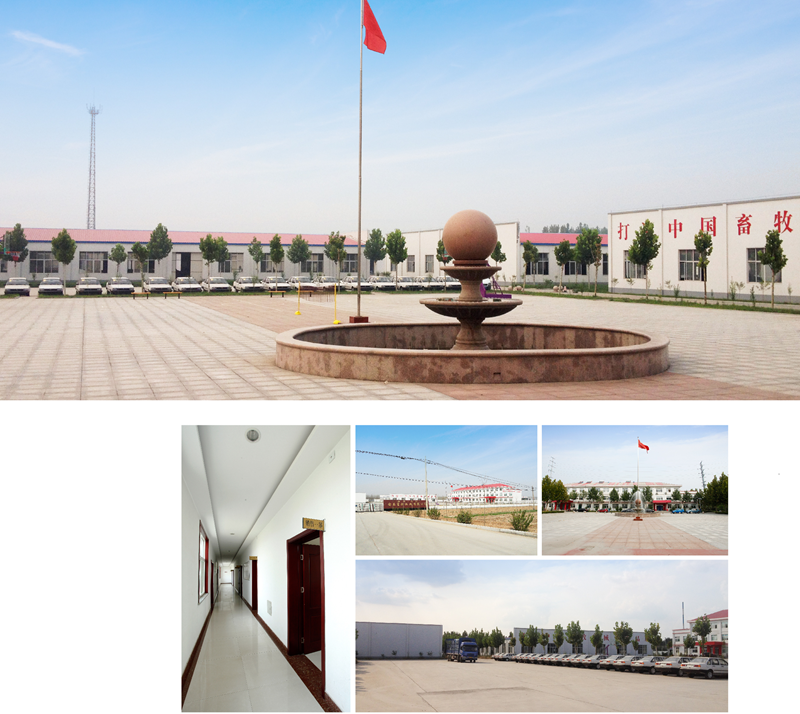
Shandong Huimin Qinle Livestock Machinery Co., Ltd. (formerly Shandong Huimin Qinle Livestock Machinery Factory) is a professional poultry equipment manufacturer with over 20 years of experience. We offer a comprehensive service package, from design (land and chicken coops), production (equipment and prefabricated steel coops), installation, commissioning, customer training, and after-sales service.
Located in Huimin County, Binzhou City, Shandong Province, China, the company has extensive experience in mechanical processing and manufacturing, as well as livestock machinery production and operation. With fixed assets of RMB 15 million, the company employs 160 people, including 30 R&D staff, and occupies a 40,000-square-meter factory. Equipped with over 110 pieces of advanced precision production equipment, including CNC machining centers and laser cutting machines, the company boasts a production capacity of RMB 50 million.
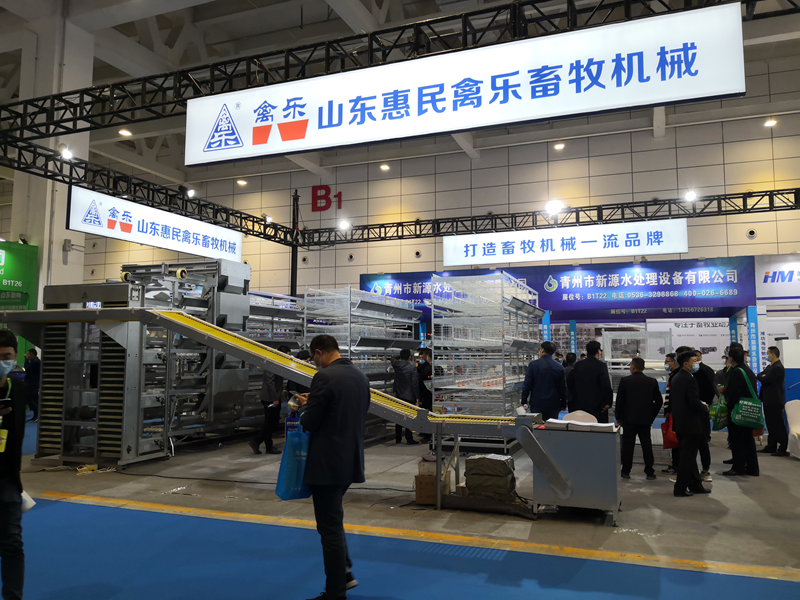


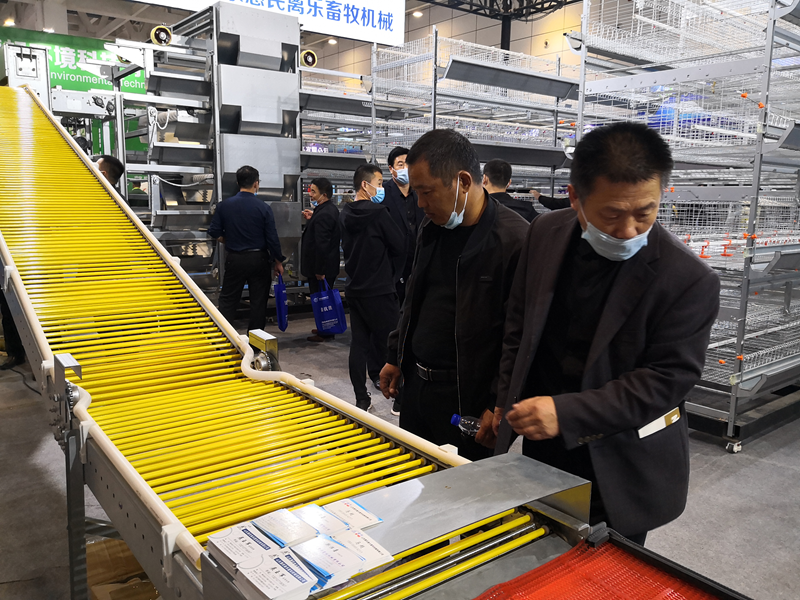
Chicken Farming Equipment Mesh Production Workshop

Machining Workshop

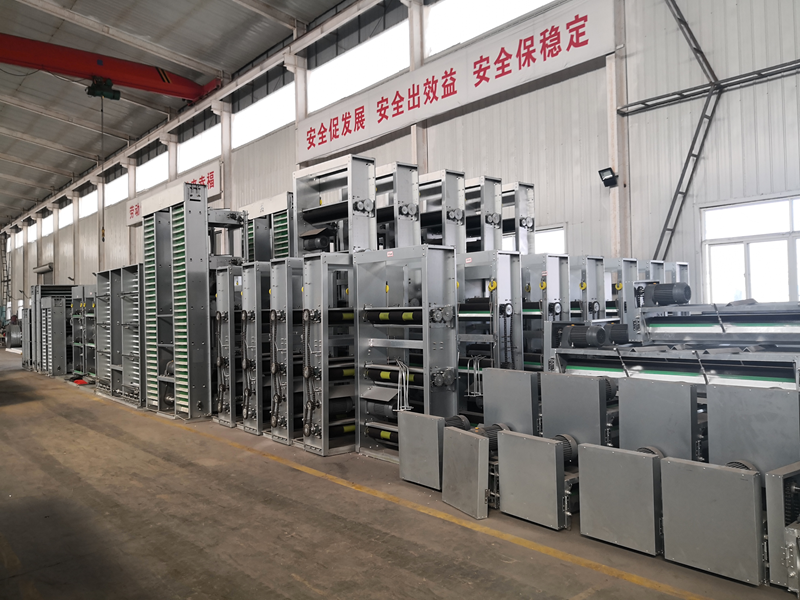
Turret-type CNC Punch Press, Laser Cutting and Other Machining Equipment



Fully Automated Roll Forming Production Line

Hot-dip Galvanizing Production Line

Electroplating Production Line

Environmental Protection Equipment

Chicken Farming Equipment Product Series
Egg-laying Hen Farming Equipment
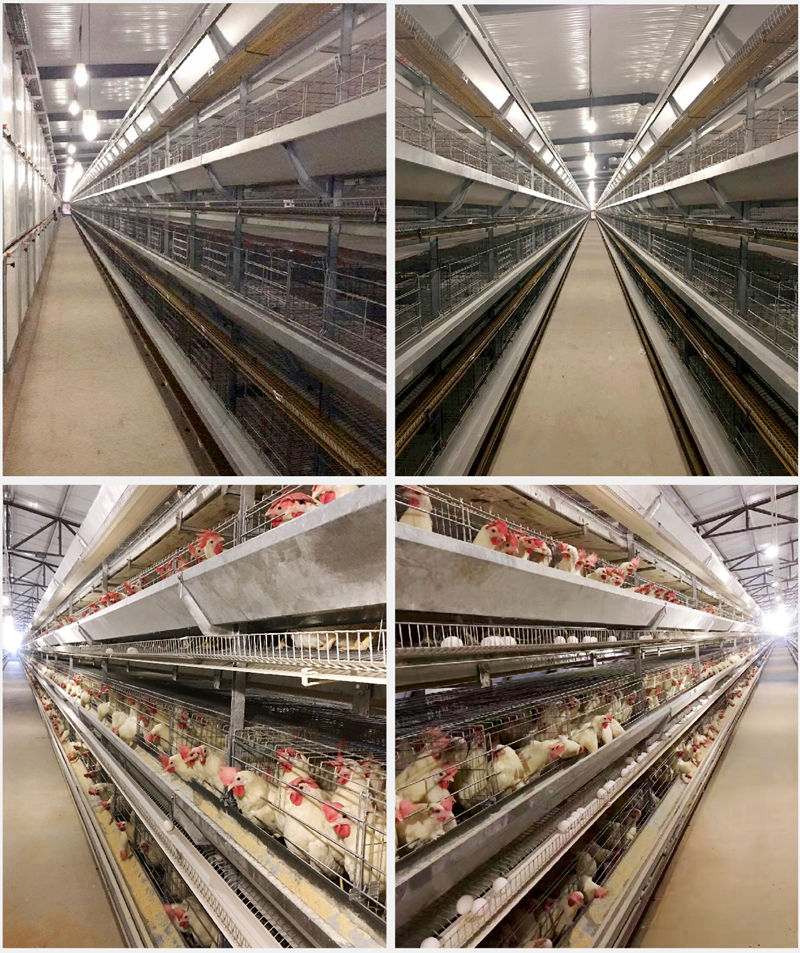
Stacked Brooding Cage Equipment

Stacked Broiler Cage Equipment
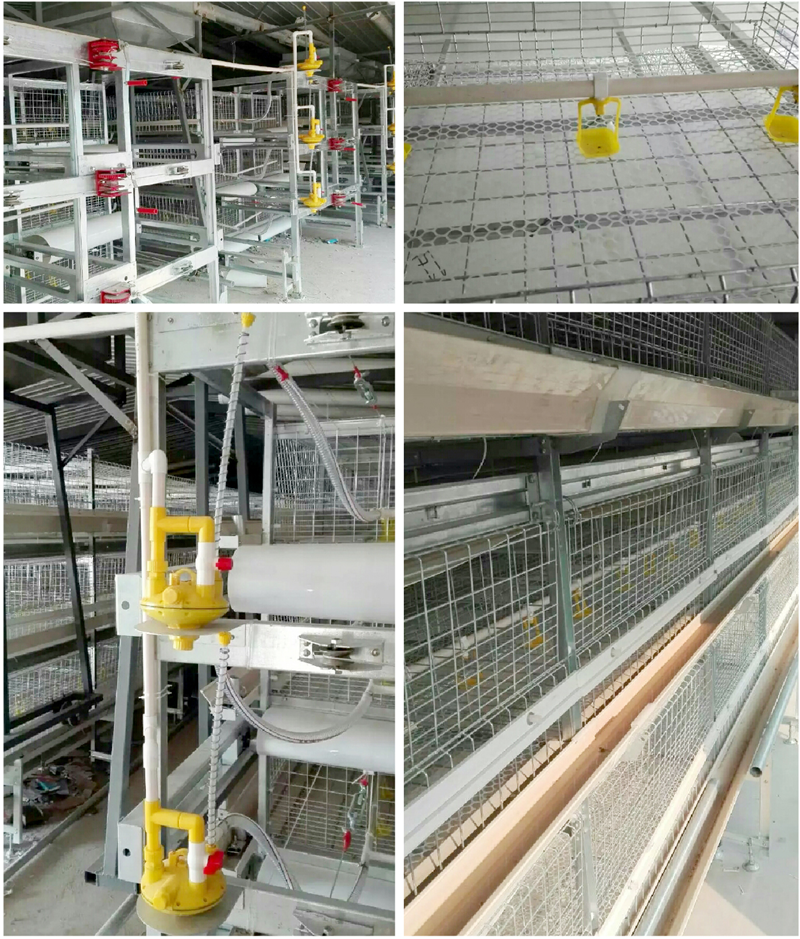
Stepped Layer Hen Cage Rearing Equipment
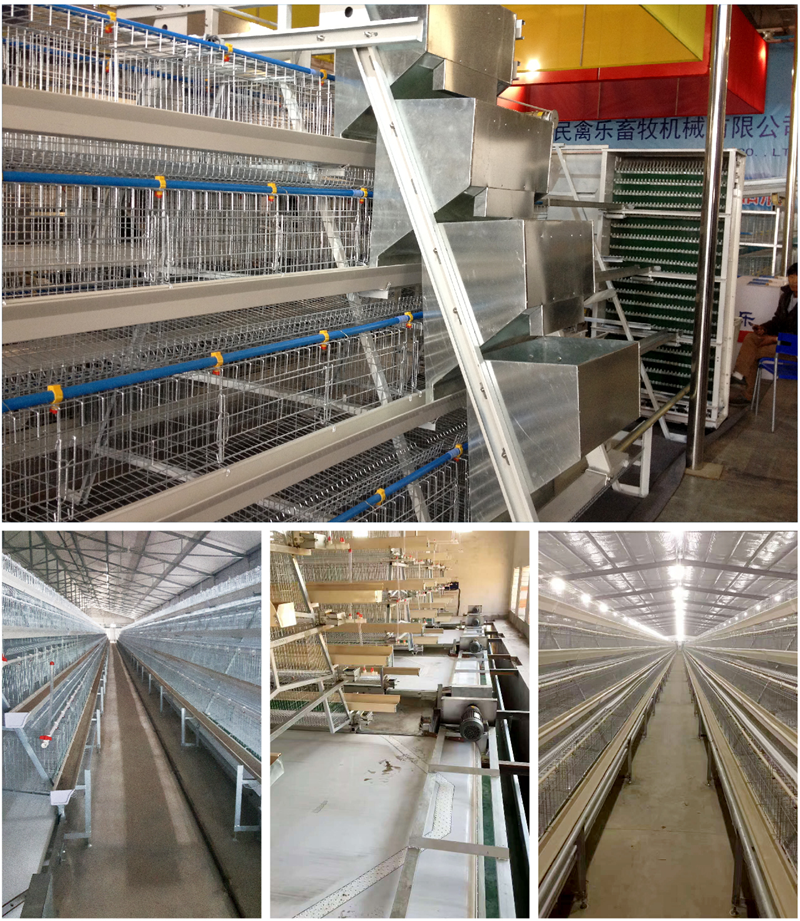
Automatic Egg Collection System

H-type Cage Feeding Machine
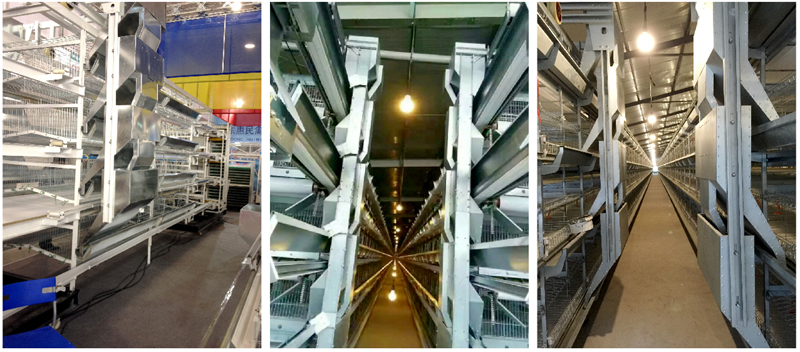
Stepped Cage Straddle Feeder
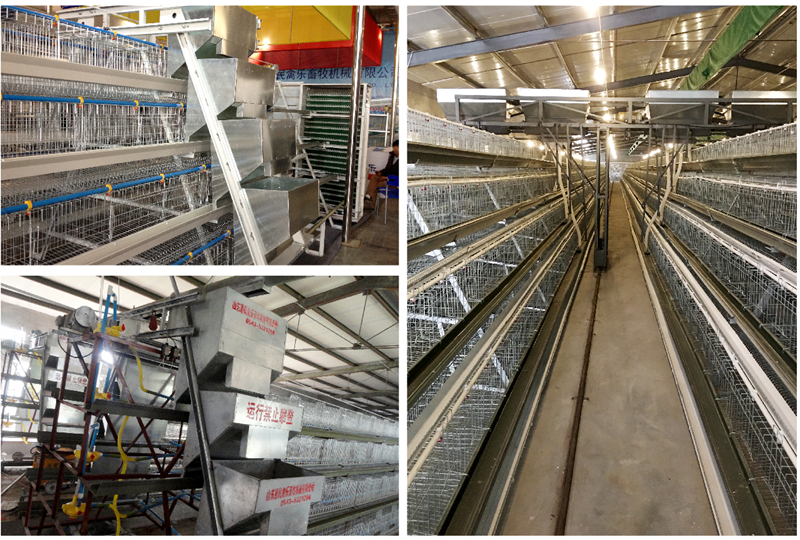
Manure Removal Machine

Fans, Heated Curtains, Environmental Control Systems, and Lighting Equipment
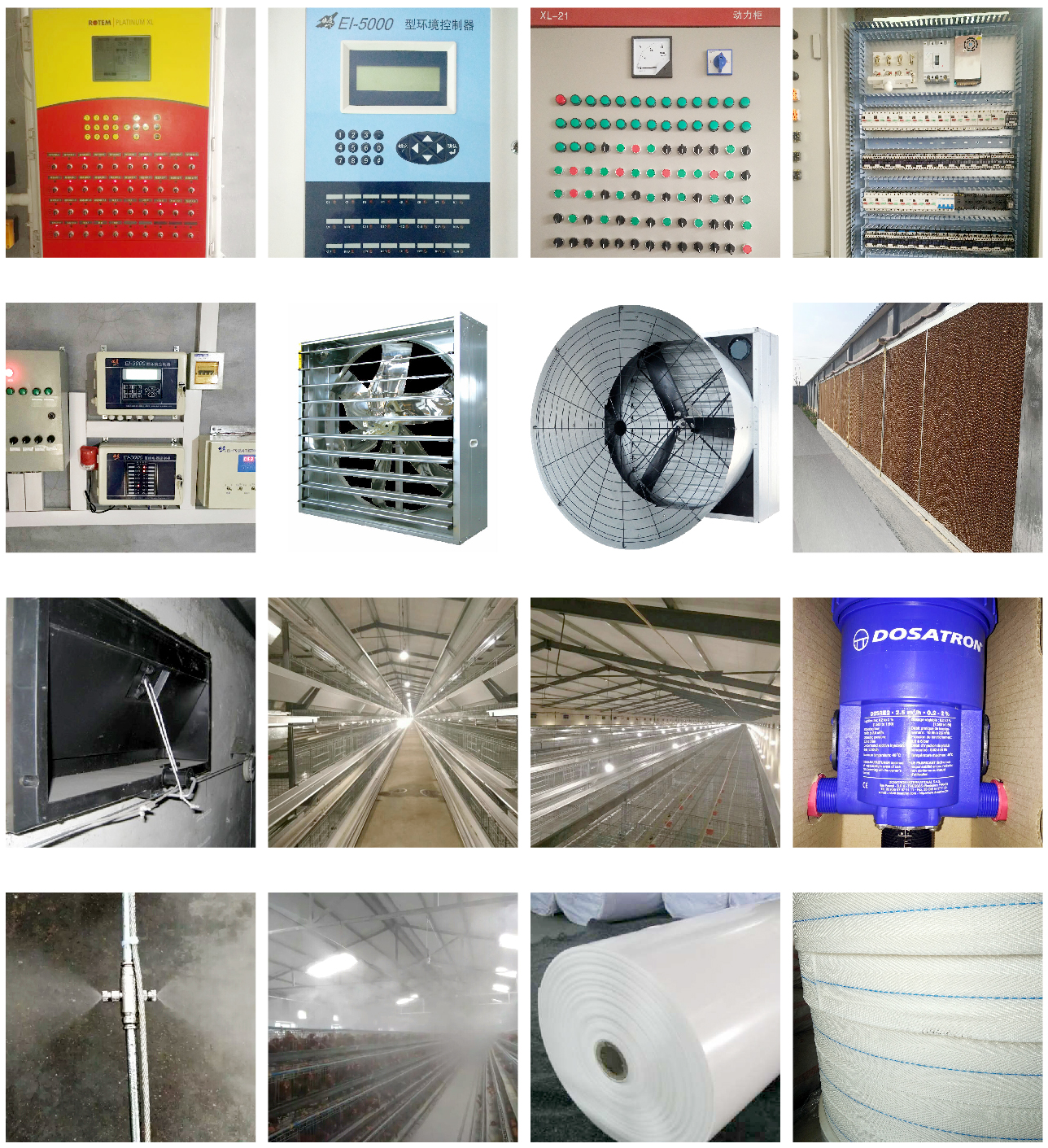
Complete Set of Equipment for Organic Fermentation Treatment of Manure


 Catalogue
Catalogue































 Whatsapp
Whatsapp Телефон
Телефон